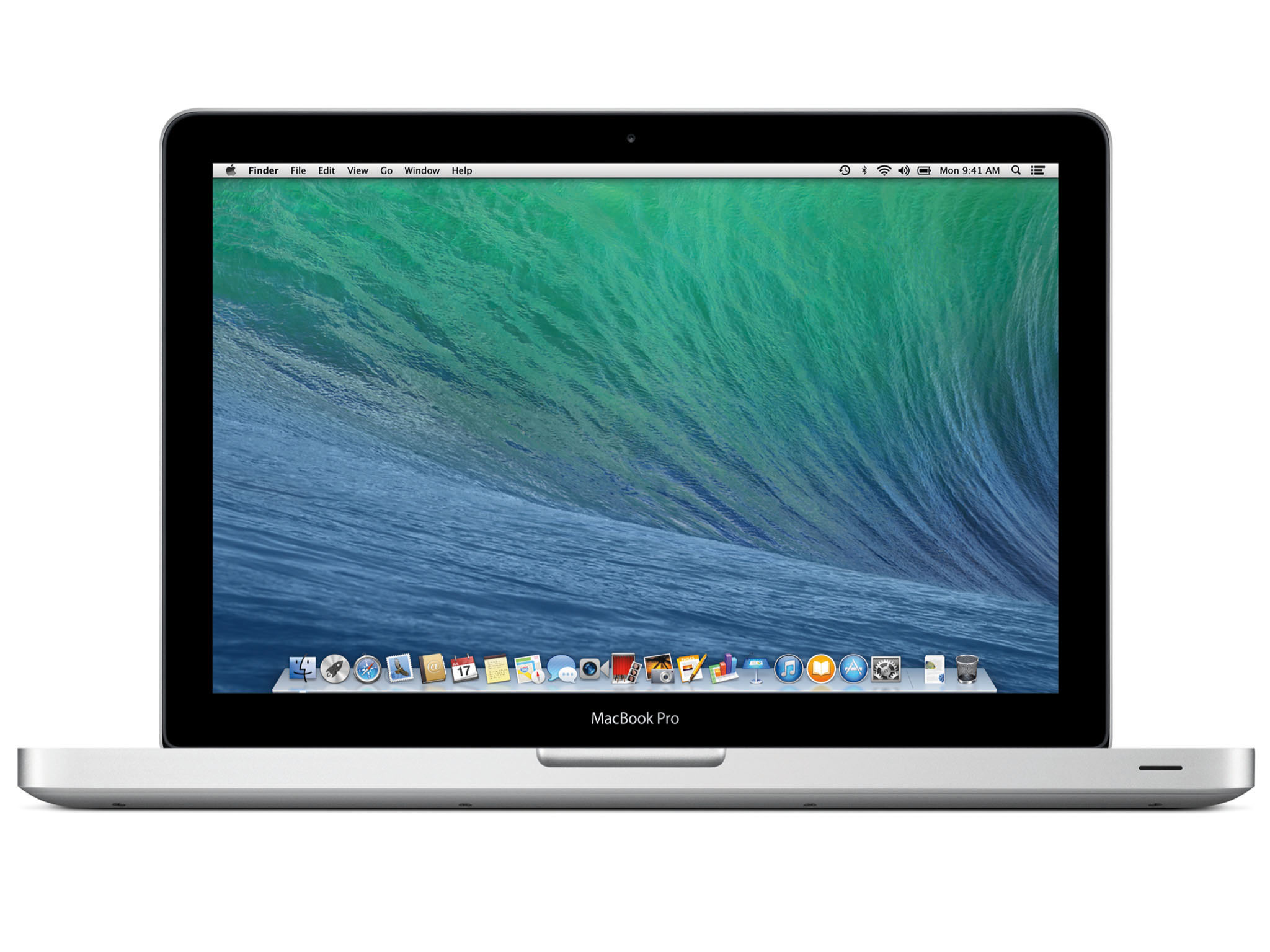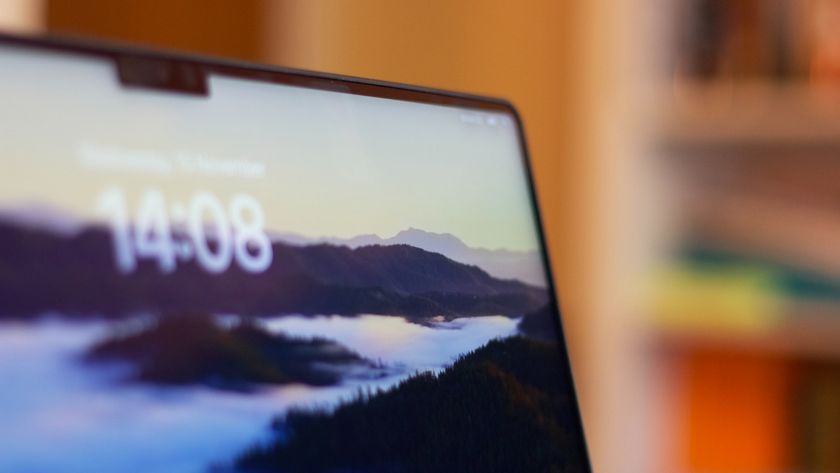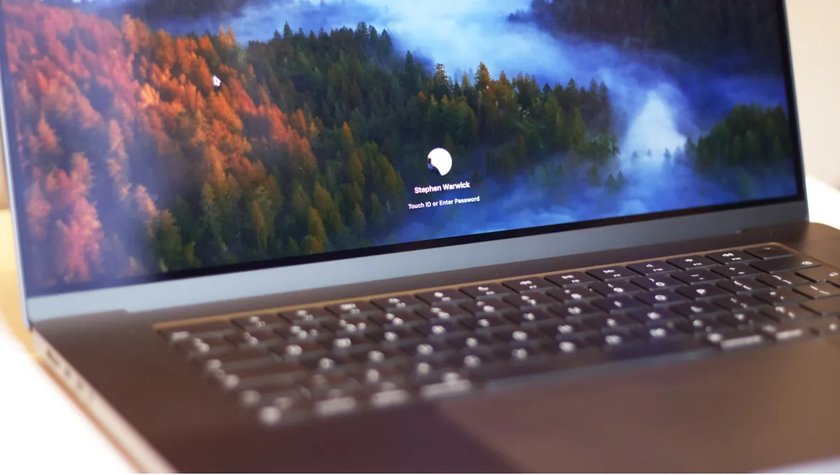Why the heck would anyone buy the non-Retina MacBook Pro? Well...

With the "standard" 13-inch MacBook Pro and its Retina display-equipped counterpart only $100 apart, you might think that few people would be interested in the older MacBook Pro. It's thicker, heavier, has a lower resolution screen, is less power-efficient and isn't as speedy. You'd be wrong. Turns out the "standard" MacBook Pro is still selling briskly.
I spend my weekends working at an Apple Specialist - an independently-owned Apple retailer, not a corporate Apple Store (yes, we still exist). We sell and service the entire range of Mac and iOS products except for the iPhone, and this time of year especially we get a lot of people who come in to buy a new computer for themselves or their family members - kids in school, spouses who need new machines, moms and dads.
Laptops consistently outsell desktop machines - no surprise there, that's been the industry trend for years. So it's also no surprise that the majority of people walking in the door who are shopping for a new computer want to compare the MacBook Air and MacBook Pro.
Now, many people who I talk with aren't that familiar with the Mac product line. So they listen with open minds about the MacBook Air, the MacBook Pro, and the Retina MacBook Pro, trying to understand the differences in price, features and functionality. Week in and week out, that old, chunky, heavy and slower 13-inch MacBook Pro continues to sell well. Let's look at the reasons.
Storage capacity
In October Apple refreshed the Retina MacBook Pro line with Haswell microprocessors, faster Wi-Fi, some reconfiguration and a lower price for the 13-inch model - it was $1,499, but now it's $1,299 (albeit with half the storage capacity as last year's base model). So there's now a continuum of prices for the 13-inch MacBook line in $100 increments:
- 11-inch MBA, 4 GB RAM, 128 GB SSD: $999
- 13-inch MBA, 4 GB RAM, 128 GB SSD: $1,099
- 13-inch MBP, 4 GB RAM, 500 GB HD: $1,199
- 13-inch rMBP, 4 GB RAM, 128 GB SSD: $1,299
Every single system except for the standard MacBook Pro is identically configured for RAM and storage. As it turns out, that 500 GB hard disk drive is a really important selling feature for a lot of customers.
People are scared at having not enough storage capacity: many of them are upgrading from an older machine and can't get their head around the idea of paying for a new computer with less storage capacity. In some cases less storage just won't work: a big iTunes library or lots of photos make it impossible. Moving data off to an external hard drive, network server or cloud storage can be a tough sell for someone who wants to take their stuff with them and doesn't want to have to deal with Internet access to get their files.
Master your iPhone in minutes
iMore offers spot-on advice and guidance from our team of experts, with decades of Apple device experience to lean on. Learn more with iMore!
I explain the strengths and benefits of flash storage: speed, reliability, power efficiency. By the end of my speil the customers understand that flash is a superior technology to hard drives. But the relative dearth of capacity is troubling to them. And many customers are either unwilling or unable to curate what they already have enough to make a smaller, more efficient storage system work.
SuperDrive
Absence of storage capacity is one important factor. While it's a distant second, another issue comes up when they ask where the discs go in. The Retina MacBook Pro line, like most other Macs, eliminates the CD/DVD "SuperDrive."
In particular, the absence of an optical drive affects customers who haven't yet migrated their music libraries from CD to iTunes, or those who are doing it bit by bit; folks who have movies on DVD they want to watch; and people who need to load or offload content stored on optical media - work archives, especially.
Having an optical drive is less important for software installations as most developers have moved to digital distribution, either through the Mac App Store, their own web sites or other download services. Again, that's a teachable moment - many of the people coming in the store to buy a new computer haven't bought one in several years, and aren't aware that fewer and fewer boxes of software are being sold. In fact, we don't sell a single software app on disc except for Microsoft Office.
Apple offers an external SuperDrive for $80. What's more, the Mac will work with almost any external CD/DVD burner - you can pick up an inexpensive one from online catalogs for $25 or less - but it's a barrier to entry, seen as yet another expense and an inconvenience to portability.
Upgradability and repairability
This isn't something that comes up for everyone, but a certain contingent of Mac buyers are do-it-yourselfers who don't mind cracking open the case of their Mac to install and upgrade new parts as needed. I can relate - I've done this to a lot of my Macs in the past.
The Retina MacBook Pro is a closed box. RAM is soldered to the motherboard. Flash storage is removable, but with the most recent models, Apple's changed the flash memory interface to something that third-party SSD makers haven't yet been able to create upgrades for.
The non-Retina MacBook Pro, meanwhile, is - at least by Mac standards - pretty easy to get inside and work on. While there are no user-accessible doors or latches as there have been on past MacBook pro designs, the MacBook Pro can be disassembled. RAM is on SO-DIMMs that can be popped out and upgraded, and the hard drive uses a standard 2.5-inch Serial ATA (SATA) interface, so it can be replaced or upgraded with commodity drives from a variety of vendors, including SSD drives.
Being able to upgrade later means making do with a less expensive configuration for now, then expanding later as your budget allows and system requirements demand. What's more, the same thing that makes the non-Retina MacBook Pro upgradable makes it more repairable, and repairable for less money than its Retina display counterparts.
Not the right solution for everyone
I don't want to leave you with the wrong impression: the Retina MacBook Pro is not a flop. It's been successful for us and for Apple. Heck, I'm using one to write this article now. And by any measure, the Retina MacBook Pro offers better a better price performance balance than the standard MacBook Pro.
The high-resolution display especially appeals to content creators - designers, videographers, photographers, all of whom depend on visual clarity for their work. The display quality, light weight and terrific performance combine to make it a great match for any professional Mac user looking for portability and power.
But even then, there are compromises. The 4 GB RAM and 128 GB flash on the base 13-inch model leaves scant room either in memory or storage; customers often end up going up a notch to the $1,499 configuration, which doubles RAM and storage capacity to 8 GB and 256 GB, respectively.
Without jumping up to the 15-inch Retina MacBook Pro, that $1,499 configuration provides the best combination of power and specs for long-term use, at least for now. Some customers have suggested that Apple should mate the Retina display to an updated version of the standard MacBook Pro.
The MacBook Air also remains a popular choice for people on the go - our customers who value saving a few extra pounds when they travel, and who are interested in all-day battery life, for example. The 11-inch model also appears to parents buying a laptop for their school-aged kids; the small size appeals to many of the kids, and the somewhat smaller price tag appeals to the parents.
But given the choice, many customers will continue to get the standard MacBook Pro because of the combination of low price, more storage capacity and internal optical drive.
Optical storage's total elimination as standard issue on the Mac platform is imminent - that MacBook Pro is the last model with an internal CD/DVD burner. But I think Apple will have to double the amount of standard flash storage on its laptops without increasing the price before mainstream consumers will be able to get over the hump of paying more for less.
What the future holds
The bottom line is that flash storage remains dramatically more expensive than a conventional hard disk, and there is still a significant number of Mac customers willing to settle for a lower-performing system with lots of storage capacity.
Obviously it's just a matter of time: when the MacBook Air first appeared, it cost $1,799 and came with a hard disk - a 64 GB SSD was only available as a very expensive option. SSD eventually came standard, but 64 GB was standard issue on the base model until fairly recently. Prices are coming down as more and more devices switch to flash memory and as flash memory production increases.
But for now, this helps to explain why Apple left the standard MacBook Pro in the mix. Despite all of its limitations, it remains a popular and comfortable choice for many people who are either buying a Mac for the first time or upgrading from an older system and looking for something that can keep up with today's operating system and applications.
It'll be really interesting to see what Apple does in 2014: whether it gets rid of the standard MacBook Pro all together, refreshes it or does something to sweeten the Retina MacBook Pro pot further. If I had to guess, I assume that the standard MacBook Pro isn't long for this world, and that before too long you'll have to buy a flash storage-based, SuperDrive-less MacBook. But for now the option remains.
I've had my say - now I want to hear from you. Do you think the non-Retina MacBook Pro is still a good value? Did you opt for the Retina MacBook Pro or the MacBook Air instead? Sound off in the comments.



